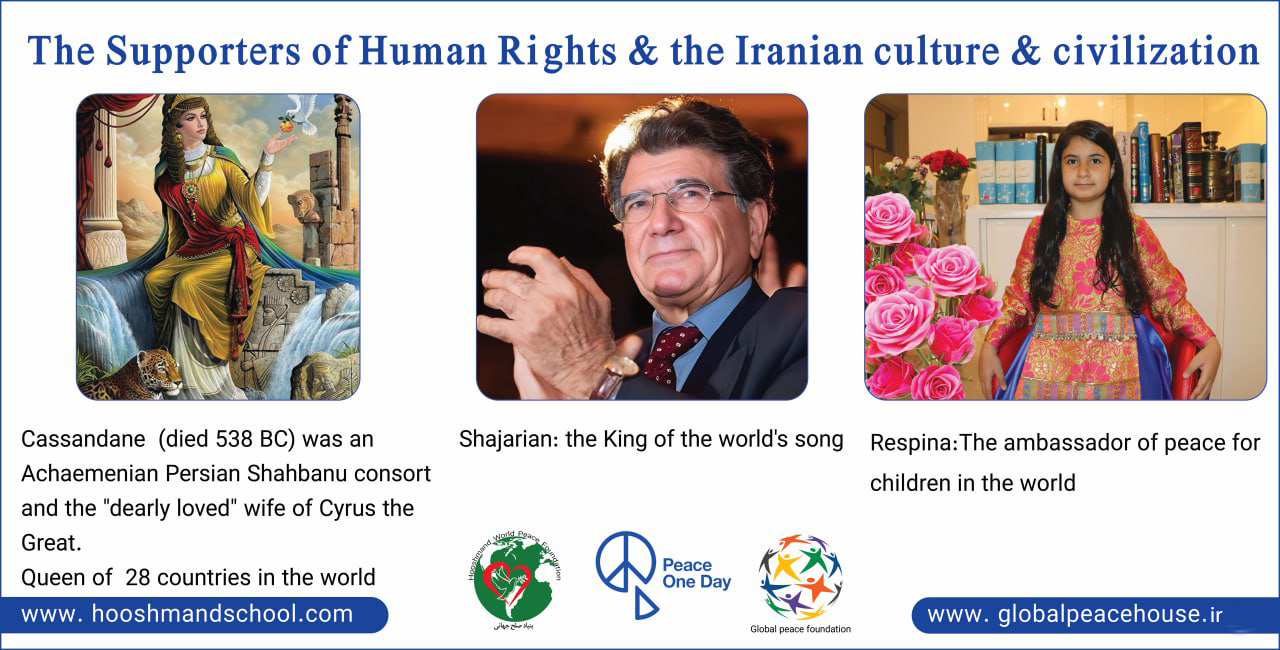
مهرگان یا جشن مهر یکی از بزرگترین جشنهای ایران است که در مهر روز از ماه مهر برگزار میشود. «مهرگان» پس از نوروز بزرگترین جشن ایرانیان باستان بودهاستین جشن در روزهای آغازین فصل پاییز برگزار میشود. زرتشتیان ایران و خارج از ایران آنرا در دهم مهر یا نزدیکترین زمان به دهم مهر یا پیش از آن برگزار میکنند.این جشن در مهر روز آغاز میشود و شش روز به درازا میانجامد و در روز رام روز به پایان میرسد. نخستین روز جشن، مهرگان عامه (همگانی) و واپسین روز جشن، مهرگان خاصه (ویژه) نامیده میشود.در زمان ساسانیان بر این باور بودند که اهورهمزدا یاقوت را در روز نوروز و زبرجد را در روز مهرگان آفریدهاست و از دیر باز ایرانیان بر این باور بودند که در این روز کاوه آهنگر علیه ضحاک به پاخواست و فریدون بر اژی دهاک (ضحاک) غلبه کرد.مردم ایران از هزاره دوم پیش از میلاد آن را جشن میگیرند. مهرگان نیز همانند نوروز با آیین یگانه و آداب و رسوم ویژه برگزار میشود.مهر یا میترا در زبان فارسی به معنای «فروغ، روشنایی، دوستی، پیوستگی، پیوند و محبت» است و ضد دروغ، دروغگویی، پیمانشکنی و نامهربانی کردن است. فلسفه جشن مهرگان سپاسگزاری از خداوند به خاطر نعمتهایی است که به انسان ارزانی داشته و استوار کردن دوستیها و مهرورزی میان انسانهاست.

Mehrgân (alternatively: Mihragān, Persian: مهرگان) or Jashn-e Mehr (Persian: جشن مهر Mehr Festival) is a Zoroastrian and Persian (Iranian) festival [1][2][3][4] celebrated since the pre-Islamic era to honor the Yazata of "Mehr" (Persian: مهر), which is responsible for friendship, affection and love. It is also widely referred to as Persian Festival of Autumn
As mentioned above, Mehrgān is a name-day feast. These name-day feasts are festivals celebrated on the day of the year when the day-name and month-name dedicated to a particular angel or virtue intersect. The pre-Islamic Persians (Iranians) had 30-day months, which means that each day in each month had a different name. 12 of the days are also names of the 12 months. The day whose name corresponded to the name of the month was celebrated. It was a celebration of life, the season, God, and joy
In ancient times
Mehrgān was celebrated in an extravagant style at Persepolis. Not only was it the time for harvest, but it was also the time when the taxes were collected. Visitors from different parts of the Persian Empire brought gifts for the king all contributing to a lively festival
During pre-Islamic and early Islamic Iran, Mehrgān was celebrated with the same magnificence and pageantry as Nowruz. It was customary for people to send or give their king, and each other, gifts. Rich people usually gave gold and silver coins, heroes and warriors gave horses while others gave gifts according to their financial power and ability, even as simple as an apple. Those fortunate enough would help the poor with gifts.
Gifts to the royal court of over ten thousand gold coins were registered. If the gift-giver needed money at a later time, the court would then return twice the gift amount. Kings gave two audiences a year: one audience at Nowruz and other at Mehregān. During the Mehregān celebrations, the king wore a fur robe and gave away all his summer clothes.
After the Mongol invasion of Iran, the feast celebration of Mehrgān lost its popularity. Zoroastrians of Yazd andKermān continued to celebrate Mehrgān in an extravagant way
In the present-day
For this celebration, the participants wear new clothes and set a decorative, colorful table. The sides of the tablecloth are decorated with dry wild marjoram. A copy of the Khordeh Avesta ("little Avesta"), a mirror and a sormeh-dan (a traditional eyeliner or kohl) are placed on the table together with rosewater, sweets, flowers, vegetables and fruits, especially pomegranates and apples, and nuts such as almonds or pistachios. A few silver coins and lotus seeds are placed in a dish of water scented with marjoram extract




















